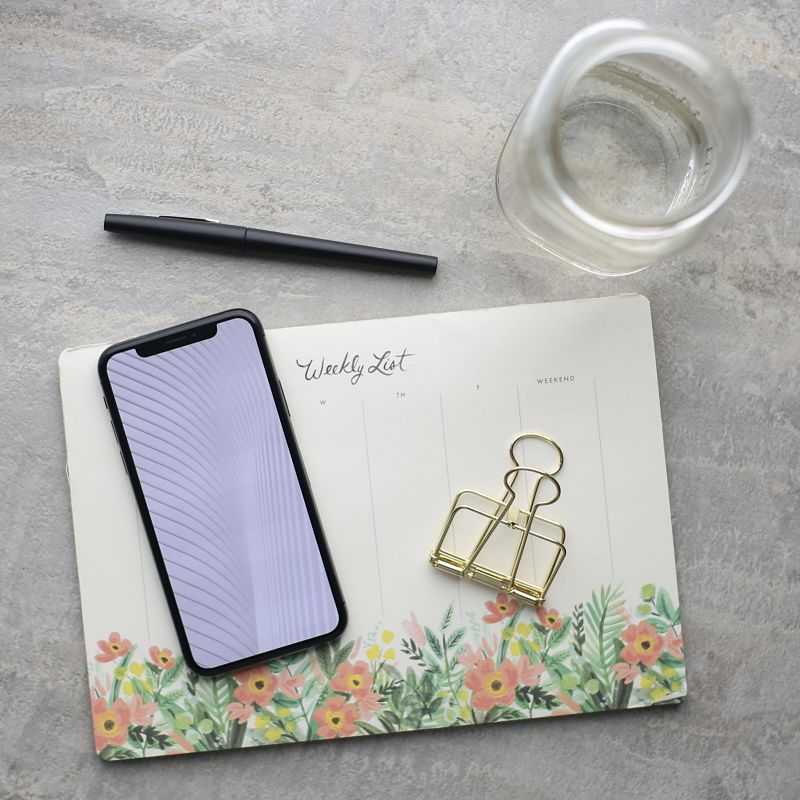Setting the Tone: Routines for the Classroom
★★★☆
 Photo by Giorgio Trovato on Unsplash
Photo by Giorgio Trovato on Unsplash
Before the students enter on the first day you will want to know what routines and procedures you want to see in your classroom. Routines are the things you do everyday and how you do them. Efficient routines work for the teacher and help keep life in the classroom from chaos. Routines will develop on their own but they may not be the routines you want to see. Take the time now to decide on how you want things to be done.
Sit down with a paper and pencil and list every type of routine you think you may need. Start with what the students do when they enter your classroom and go through the day. Then decide how you want each activity to be done and write out how you want it to be accomplished.
Take into consideration the age of the students you are teaching. Younger students generally need more defined routines than older students. However, don’t fall into the trap of thinking that older students need no routines. They will establish their own and it might not be what you expect.
Think about the message you are sending to students. Classroom routines should fit an atmosphere of learning, stability, and focus. A classroom is not a playroom or a living room.
Consider procedures and routines for the following.
- What does a student do upon entering the classroom? Clean out and hang up backpack, put lunchbox away, retrieve necessary books or materials, sharpen pencils? These seem almost trivial but without this being part of the routine, you will waste time when students aren’t ready for class.
- Where are students to sit? Assign seats for class time, lunch time, all-school devotions. Especially for younger students, assigned seating eliminates fussing and hurt feelings.
- Where, when, and how will students pass in completed work?
- How do students come to/prepares for class? With pencils or no pencils, with books or no books?
- What do you expect of students during a class? Quiet attention, not working ahead during class, choral answers to questions, raised hand before answering questions, open discussion?
- How will students label homework?
- What will students do at dismissal time? Line up or dismiss by rows, walk in line in the halls, orquiet during hall time? Lining up works well for younger students. Teacher, you walk at the front of the line because you can turn around easier than you can yell ahead.
- What does a student do when he has completed his assignments? Read a book, work on a project, quietly play a game? The less students are out of their seats when others are still working, the easier it is for the teacher and less the distraction for those who aren’t finished.
- How will a student retrieve needed materials such as reference books or use the school library? Use a hand signal or allow one person on the floor at a time?
- How and where will students eat lunch?
- How will students handle bathroom and water fountain privileges?
- What recess routines do you need? Having a recess signal (such as three hand claps or a whistle) is much better than trying to get student attention with the teacher’s voice during a noisy recess game.
Routines and procedures are not rules. They are mechanical parts of classroom organization that make the day proceed efficiently. However, one of your rules might be to follow classroom procedures and routines.
Procedures are useless unless they become routine. On the first day of school, or when the new students encounter a procedure you will need to communicate what you expect to your students. To teach procedures to your students you will want to explain, model, and practice.
Explain
Tell your students what you expect. Be pleasant. Let them know that these routines will make the school day more pleasurable for them all, and they will increase each child’s ability to learn. Explain the rationale behind the procedure if necessary.
On the first trip down the school hall as a class, let students know what you want them to do, “We will walk quietly in a line on the right side of the hall.” (For beginning first graders, I might put some play into this by having them pretend they are little ducks or tiny mice.) Why might we want to walk quietly? There are other classes studying and we don’t want to disturb them.
Model
Show your students what you expect. This is especially needful for more complicated routines. Walk down the hall in front of the line. Show students on which side of the hall you want them to walk.
Practice
Practice the procedure with the class until everyone understands what you expect. If not everyone follows the routine, start over and try again.As you walk down the hall, Student A may whisper to Student B. Matter-of-factly, turn the class around and start over. If it happens again, start over again. The key to this is that you stay calm and pleasant as you practice as many times as needed.
And then continue to be consistent. Routines will fall apart if the teacher isn’t consistent. Practice routines again if necessary. If a student continues to flaunt a routine, refer to the rule about following routines and procedures and deal with the behavior accordingly.
Can you change the routine or procedure you wish to see? Yes, if what you’ve planned isn’t doing what you want it to do find a new routine. But make it clear that the routine has changed and let students know what you expect of them.
Make the habits of your classroom work for you. You will find it rewarding and restful!
Read part one of this series: Setting the Tone: Classroom Walls
Leave a Reply